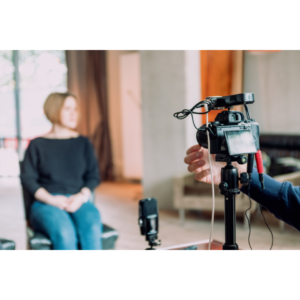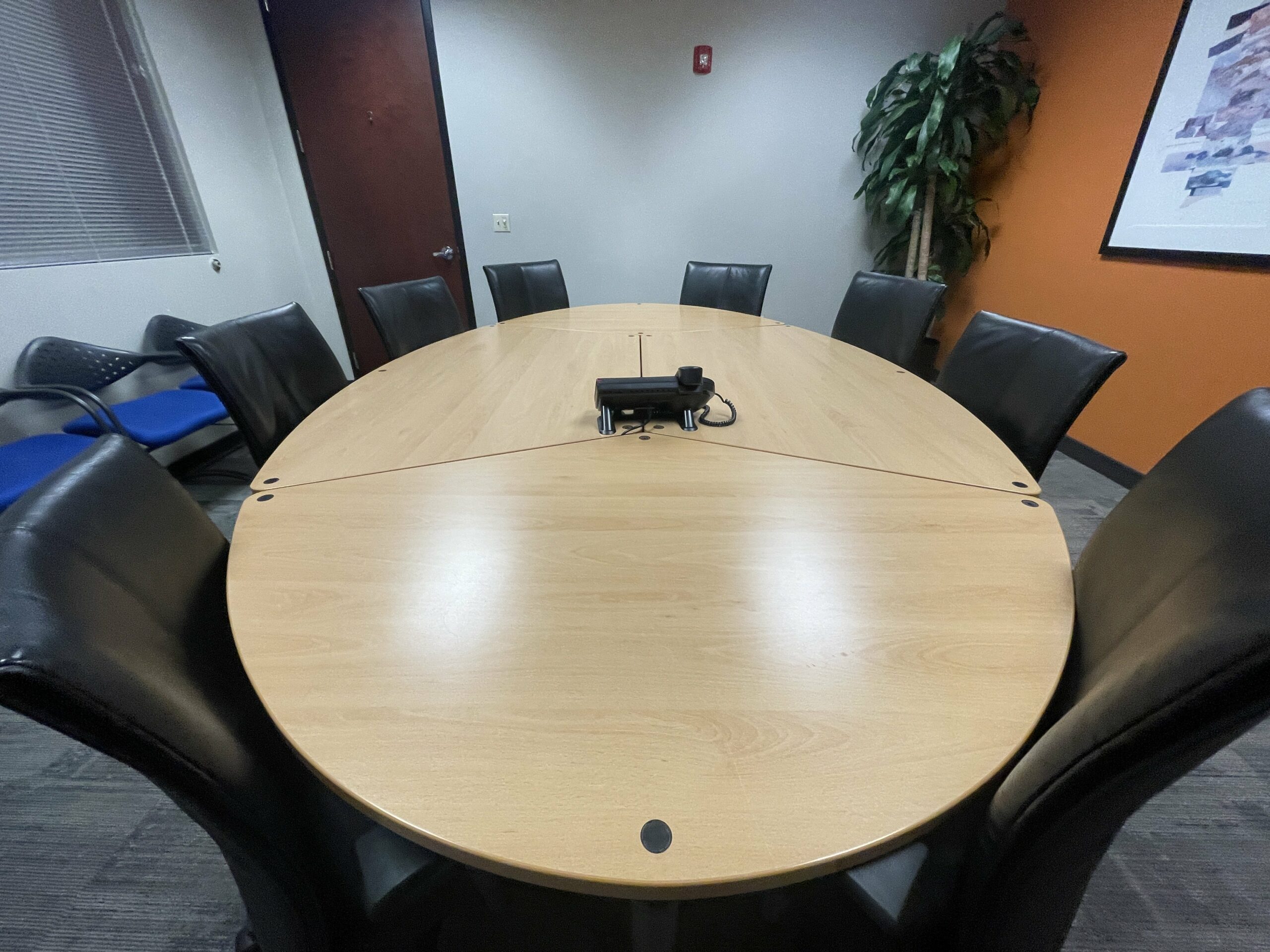Full-Service Legal Videography for Capturing Legal Proceedings.
Full-Service Legal Videography for Capturing Legal Proceedings.
Blog Article
Why Lawful Videography Is Necessary for Accurate Legal Record-Keeping
In the world of lawful procedures, the precision of record-keeping is paramount, and lawful videography arises as a crucial device in this context. As we check out the diverse advantages of legal videography, one must consider its implications for the future of judicial honesty and openness.
Relevance of Visual Proof
Establishing the significance of visual evidence in lawful procedures is vital for making sure precise record-keeping and enhancing the overall honesty of the judicial procedure. Visual evidence acts as a critical device in recording events, conditions, and various other pertinent information that may be vital to a situation. Unlike written accounts, which are at risk to analysis and predisposition, visual recordings provide a goal, unalterable representation of realities as they took place.


This type of proof can catch a selection of elements, consisting of witness behavior, environmental context, and physical proof, all of which might influence judicial end results. By providing a clear and detailed visual narrative, lawful videography eliminates obscurity and aids to protect the credibility of the evidence.
Additionally, visual proof can be critical in reducing conflicts over valid discrepancies, as it permits a straight comparison against statement and various other recorded records. In an era where electronic modern technology is increasingly common, the capacity to existing visual evidence successfully can significantly improve the overall high quality of lawful proceedings. Eventually, the consolidation of visual evidence not only boosts the documents process but likewise strengthens public rely on the judicial system by advertising openness and accountability.
Enhancing Statement Reputation
The assimilation of lawful videography right into court process dramatically boosts the reputation of witness testimony. By capturing the subtleties of spoken and non-verbal interaction, video clip recordings give a more extensive representation of a witness's behavior, emotions, and dependability. This visual documentation permits jurors to observe the witness's body movement, face expressions, and general presence, which are important elements that can influence their assumption of testimony credibility.
Additionally, legal videography reduces the potential for misconception or distortion of testimony that may occur in written records. Viewers can see and listen to the testament as it existed, making sure that the context and tone are maintained. This authenticity cultivates a better feeling of trust fund among jurors, that may be much more likely to think testament that they can witness firsthand.
Additionally, the existence of video footage can hinder witnesses from offering deceptive or exaggerated declarations, as they know that their statement is being recorded. This responsibility enhances the integrity of the judicial procedure. Eventually, lawful videography acts as an essential tool in ensuring that witness statement is not just precisely illustrated but likewise viewed with increased trustworthiness by all parties included.
Comprehensive Document Preservation
Comprehensive record conservation is important for keeping the integrity of lawful procedures. Legal videography acts as an important device in this procedure, supplying an accurate aesthetic and auditory account of testaments, depositions, and various other turning points in an instance. Unlike standard written transcripts, video clip recordings capture the subtleties of body language, home tone, and feeling, which are crucial for comprehending the context and intent behind declarations made throughout legal procedures.

Moreover, the capability to evaluate video clip proof allows lawful experts to identify crucial details that may have been forgotten in composed records. By preserving an extensive archive of lawful procedures through videography, law office can promote the greatest standards of precision and responsibility, ultimately adding to a fairer judicial process.
Streamlining Lawful Proceedings
Simplifying legal process is necessary for enhancing effectiveness and reducing hold-ups within the judicial system. Legal videography works as a pivotal device in achieving this objective by providing clear and precise aesthetic documentation of court hearings, depositions, and testaments. This innovation permits real-time recording, making certain that all verbal and non-verbal hints are captured, which can assist in quicker resolution of disputes.
The combination of videography into lawful procedures reduces dependence on traditional approaches, such as lengthy records, which can be taxing to create and review. By having accessibility to tape-recorded video, attorneys can promptly reference crucial moments, enhancing their capacity to prepare and present instances efficiently. This immediacy likewise aids in the making clear of testimonies, minimizing the possibility for misconception.
In addition, aesthetic paperwork cultivates a much more interesting court experience for jurors, aiding them to understand complex details much more conveniently. Eventually, lawful videography enhances interaction amongst all parties entailed, from lawyers to courts to jurors, consequently promoting a more efficient judicial process (legal videography). In an era where time is important, embracing this technology is vital for the modern lawful landscape
Admissibility in Court
Exact documents is crucial not just for effectiveness but also for guaranteeing that evidence is permissible in court. Lawful videography acts as an important device in this process, offering a reputable visual record of testaments, declarations, and occasions. Courts usually need evidence to meet particular standards of admissibility, including relevance, authenticity, and reliability. Top quality video recordings can fulfill these criteria by recording clear sound and aesthetic details that composed records might forget.
To be considered admissible, lawful videography needs to stick to established methods, such as proper tools usage, ideal illumination, and clear sound capture. Furthermore, it is important to have actually qualified videographers that comprehend the lawful demands bordering evidence that site collection. The chain of custodianship must additionally be maintained to stop any type of claims of meddling or alteration.
Moreover, legal videography can boost the persuasiveness of evidence by giving jurors with a straight sight of the testimony, allowing for a more engaged understanding of the situation. In summary, the combination of legal videography into record-keeping not just sustains performance but likewise boosts the stability and admissibility of proof in court process.
Verdict
In final thought, legal videography plays a critical duty in ensuring exact lawful record-keeping by supplying objective visual paperwork. Inevitably, the incorporation of legal videography into the judicial procedure advertises transparency and boosts public trust fund in the integrity of the legal system.
Report this page